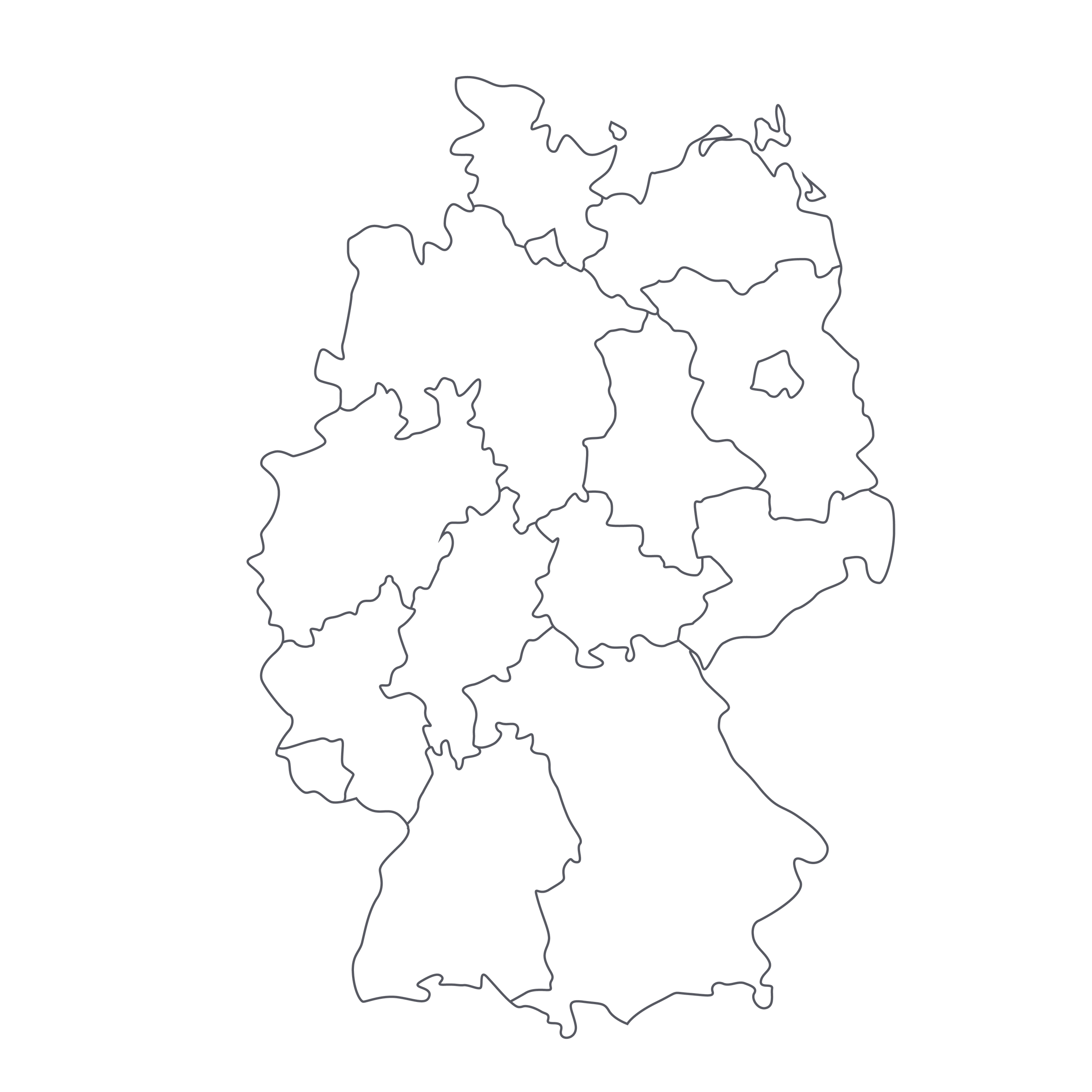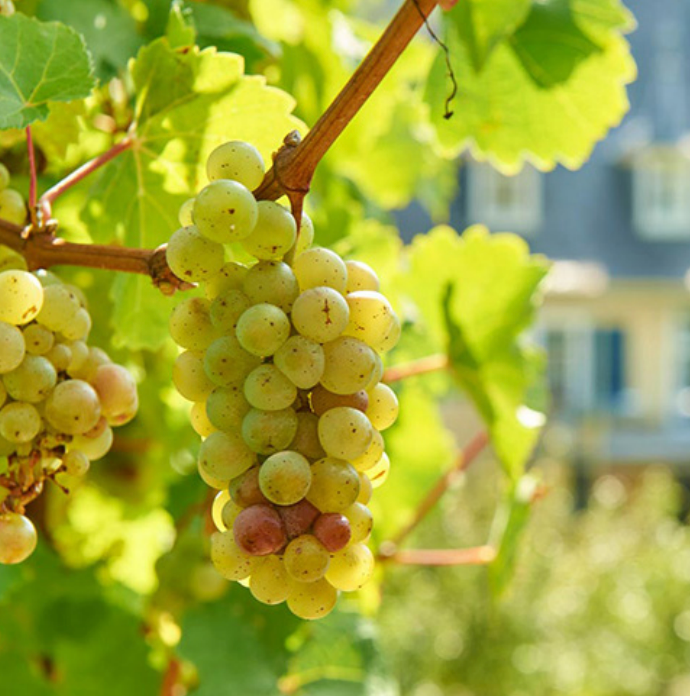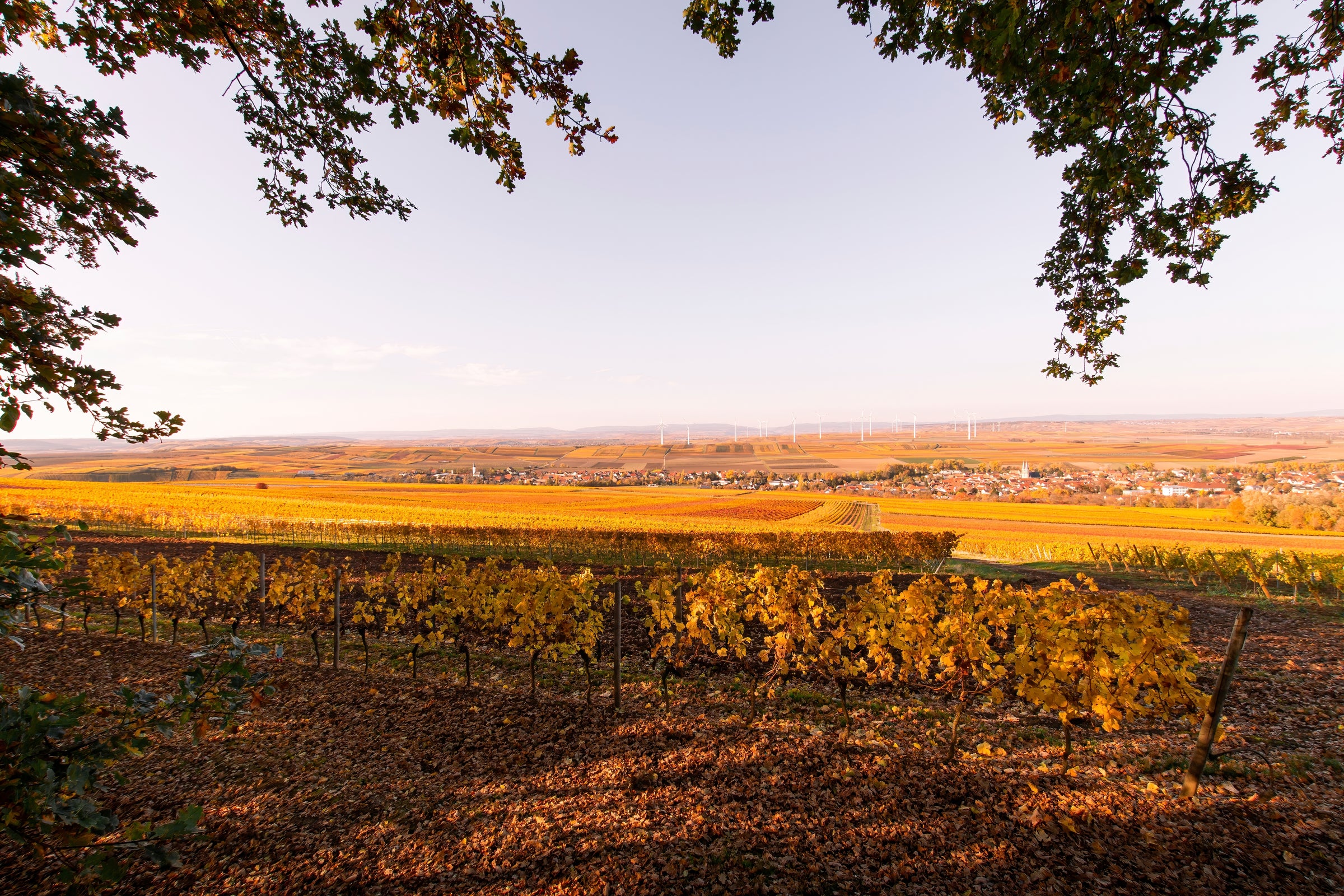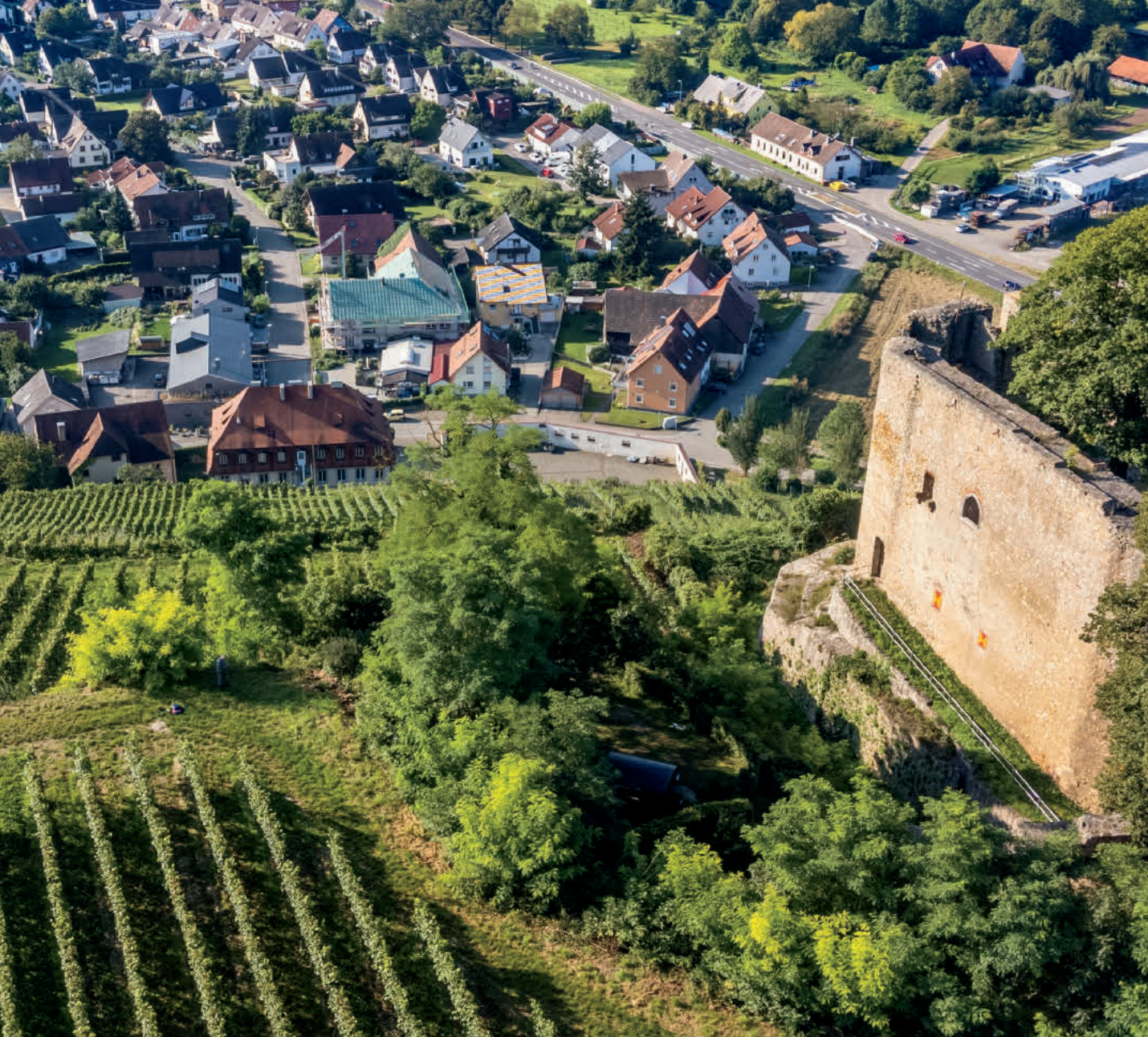Three hundred and fifty years, 11 generations, a rare vineyard, three decades of cellar aging...the amount of history and intrigue dancing in today’s 30-year-old Riesling is staggering. Sourced entirely from a steep hillside vineyard owned exclusively by the Nell-Breuning family of Dominikaner-Keller, this mature Riesling dazzles with an explosive core that sings vibrantly pure notes.
More soprano than baritone, this bottle’s ability to produce such fresh, high-toned aromatics 30 years on is a perfect case study into the extraordinary levels of preservation a top-tier Auslese Riesling is capable of achieving. With perfectly ripe fruit, zero signs of fatigue, and mouthwateringly high levels of acidity countering the subtle sweetness at play, you can hardly make a better wine decision under $50. This limited allotment just arrived directly from Nell-Breuning’s vaulted, carved-from-limestone cellars and, judging from the lack of online presence and the fact that we haggled for their remaining stock in Germany, it’s safe to assume this is the last hurrah for their 1989 Kaseler Dominikanerberg. We’re allowing six per person, and trust me here: It's a sure bet.
When Peter Christian Nell started farming vines back in 1670, he didn’t know that he was birthing a historic wine dynasty that would span 349 years and 11 generations (and counting). Over the centuries, this humble family has seen their fair share of celebrities, too: In the 1780s, Ludwig van Beethoven was a dear friend who taught them music and subsequently swooned for Eleonore von Breuning—his first love. And, as with most first loves, it went unrequited, prompting him to dedicate a number of compositions to her. The family’s famous encounters continued into the 19th century, when Emperor Napoléon Bonaparte dined and drank their wines at the family’s guest house. It wasn’t until 1890, however, that a proper vineyard in the town of Kasel (archaically known as Casel), along with a limestone cellar, was constructed by Oskar von Nell. From there, winemaking took off. Fast-forward a few more generations and you come to Dr. Carmen von Nell-Breuning, who, as of 2013, has been proudly carrying and preserving the family’s incredible wine heritage.
The village of Kasel lies east of Trier, where the Ruwer River—stream, really—meets the larger Mosel. Within this hamlet, you’ll find the steep, slate-rich aleinbesitz (German for monopole, a vineyard solely owned by one estate) of “Dominikanerberg.” The Nell-Breunings are keen on farming sustainably and their vines here must be worked by hand, due to inclines that reach up to 50%—teetering along the edge of Dominikanerberg and looking down made me wonder how people actually do the work! This small batch of 1989 aged in 1000-liter oak fuders until the waning months of 1990. After bottling, it then rested in the original family cellar for 28 years. In 2018, the wine was re-corked, which will allow for even further aging without risk of a disintegrating cork. We also asked the family to apply their old-school, original labels and estate name (Dominikaner-Keller) to this batch. This traditional look reflects the history behind the estate when it was owned and cultivated by Dominican monks before secularization.
In the glass, Nell-Breuning’s 1989 Dominikanerberg shines a deeply hued amber with yellow-gold reflections throughout. Within seconds of opening, the wine explodes with a seductive core of ripe yellow fruit, brilliant florals, and the unmistakable slate-petrol interplay that only occurs in superbly crafted Riesling. As time passes, perfumed notes of honeysuckle, acacia, orange marmalade, quince, Key lime, and yellow mango peel slowly unfurl, followed by a roaring symphony of herbs, crushed rocks, wet slate, petrol, and honey. While the nose is a nonstop sensory experience, the palate unveils something sensational: Sure, the darkened color gives away the wine’s age, but there is so much lift and energy here. High acidity across the board keeps the wine lively, bracing, and harmoniously balanced—all but masking the residual sugar which is perfectly integrated. It’s savory, textured, and stylishly rich at once. With 30 years of age under its belt, it may come as a shock to some of you that there is still a decade or more of life in this wine, so don’t drink your entire allotment in one sitting! When consuming, simply pull the cork and pour into all-purpose white stems around 50-55 degrees (or warmer). For a(nother) wonderful treat, prepare the attached Shanghainese pork belly recipe and serve with a bottle of this wine. Just serve with sides of ginger bok choy and steamed jasmine rice and wait for the fireworks. In terms of food and wine pairings, I would simply advise on not pairing this with anything too spicy, as you will take away from the wine since there is not much-perceived sweetness. As an alternative to cooking at home, bring a bottle to a “dim sum” brunch and let them do the work. Enjoy!






